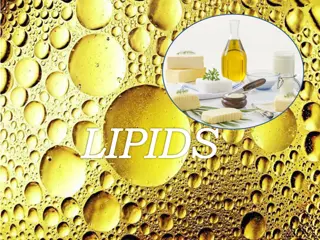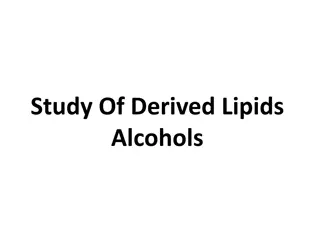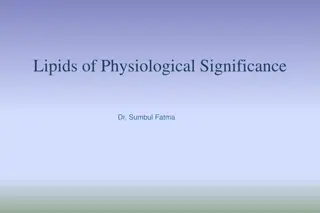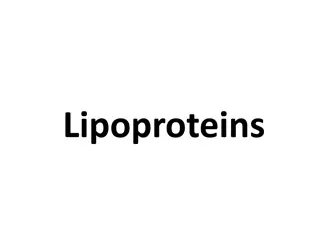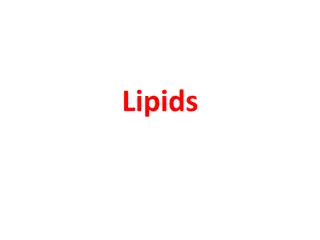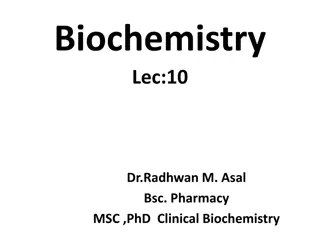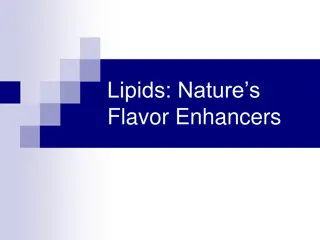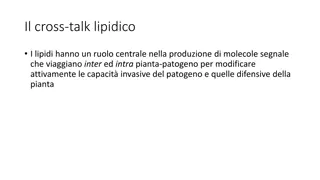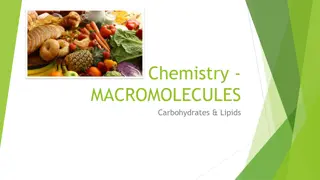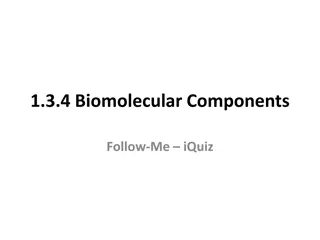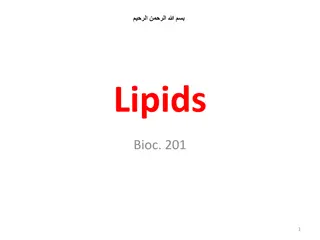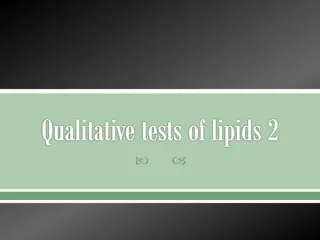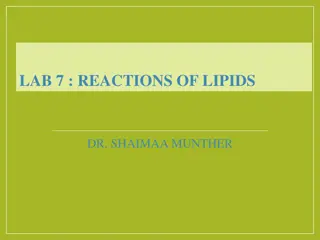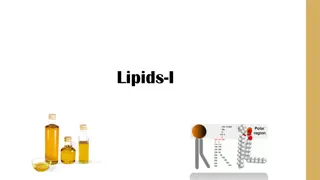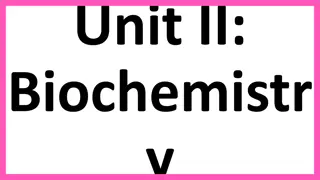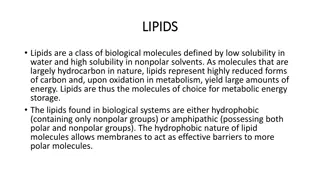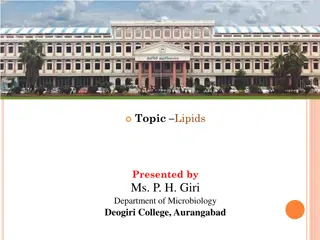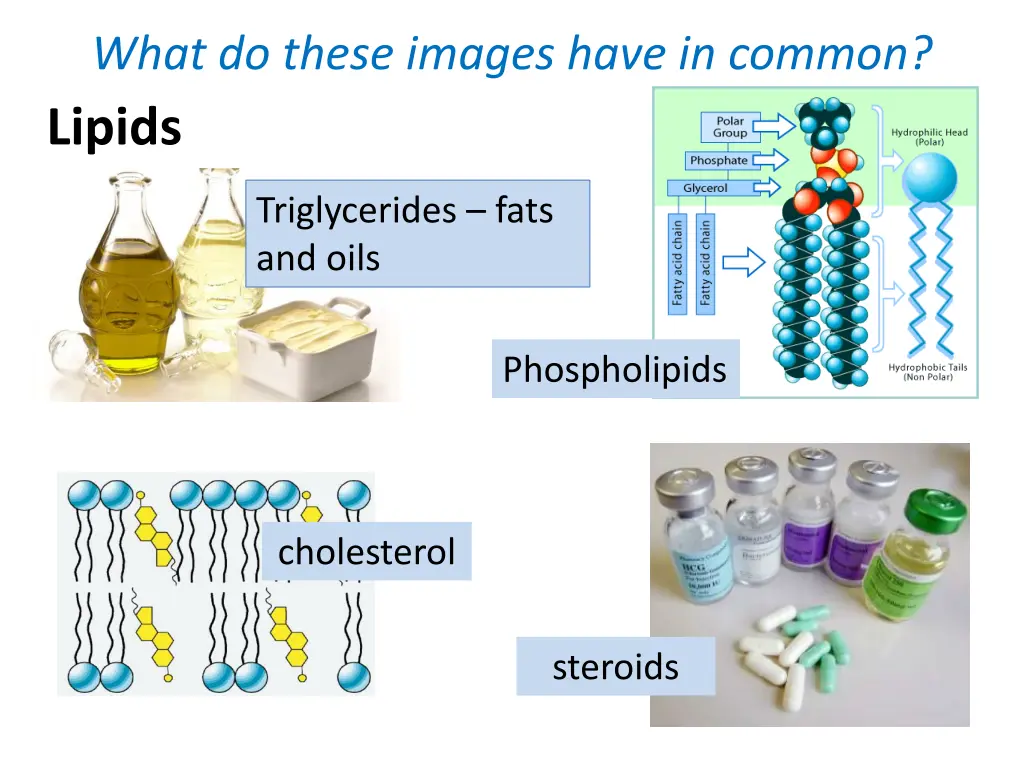
Understanding Lipids: Triglycerides, Fats, and Oils in Biology
Explore the common characteristics and differences between lipids such as triglycerides, fats, and oils, along with their structures, functions, and roles in living organisms. Delve into the formation of ester bonds, saturated versus unsaturated fatty acids, and the various properties and examples associated with these essential biomolecules.
Download Presentation

Please find below an Image/Link to download the presentation.
The content on the website is provided AS IS for your information and personal use only. It may not be sold, licensed, or shared on other websites without obtaining consent from the author. If you encounter any issues during the download, it is possible that the publisher has removed the file from their server.
You are allowed to download the files provided on this website for personal or commercial use, subject to the condition that they are used lawfully. All files are the property of their respective owners.
The content on the website is provided AS IS for your information and personal use only. It may not be sold, licensed, or shared on other websites without obtaining consent from the author.
E N D
Presentation Transcript
What do these images have in common? Lipids Triglycerides fats and oils Phospholipids cholesterol steroids
Triglycerides fats and oils Compare fats and oils: Solid / liquid at room temperature? Mainly plant/ animal in origin? Mainly saturated / unsaturated? High levels can contribute to cardiovascular disease? Examples?
Triglyceride structure Glycerol + 3 fatty acids ----------> triglyceride + 3water
Triglyceride structure Glycerol + 3 fatty acids ----------> triglyceride + 3water Fatty acids Stearic acid in adipose tissue Acid group (carboxylic acid group) Oleic acid in olive oil
List differences between these fatty acids: Double bonds present between carbon atoms? Fewer hydrogen atoms bonded to the molecule Kinked chain? Saturated or unsaturated? Feature of a poor diet? Stearic acid Oleic acid
Triglyceride One glycerol molecule attached to three fatty acid molecules glycerol 3 fatty acids Ester bond What type of reaction forms an ester bond? What type of reaction breaks an ester bond? What type of bond is an ester bond? How many water molecules will be released during the formation of one triglyceride?
Formation of ester bonds Formation of ester bond is similar to glycosidic as it expels water, but different as it joins two different sub units together
Roles of triglycerides in living organisms Suggest a property of triglycerides relating to each role and give an example 1. Energy store 2. Thermal insulation 3. Buoyancy 4. Protection-internal organs 5. Source of water when respired
Lipids and respiration Hydrolysis of ester bonds first. Glycerol and fatty acids broken down completely to carbon dioxide and water. Releases energy to make ATP 1g lipid releases twice as much energy as the respiration of 1g carbohydrate.
Phospholipids list the differences between a phospholipid and triglyceride molecules: Key words: hydrophobic, hydrophilic, polar, non-polar, fatty acid tails , glycerol/phosphate head , ester bond
Suggest the advantage of having unsaturated fatty acids in membrane phospholipid bilayers for some organisms
Cholesterol Not glycerol + fatty acids Small, narrow molecule 4 carbon based ring structures Role: Regulates fluidity of membranes Suggest how the structure of cholesterol relates to its role Why is high blood cholesterol a danger to health?
Steroids made from cholesterol Some hormones eg testosterone, oestrogen Vitamin D Suggest why these molecules pass into cells easily Suggest why Vitamin D can be stored by humans but Vitamin C cannot Vitamin D

